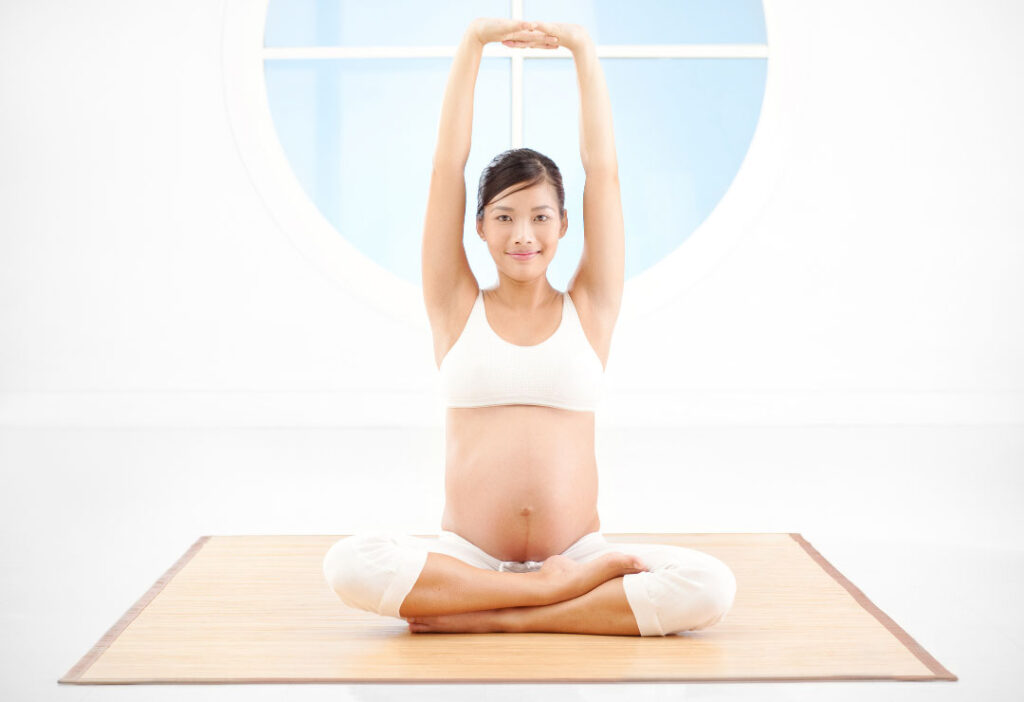Blog
What you need to know about physiotherapy and podiatry.



What is Diastasis Recti?

Diastasis Recti is the separation of the abdominal muscles (rectus abdominis), which results in a gap of at least 2.8cm in the middle of the tummy. Although this can happen in both men and women, it occurs more commonly in women due to the physical changes during pregnancy. The rates of occurrences range from 67% to 100% in post-partum women.
Why does it matter?
Diastasis Recti can lead to:
Who does it affect?
What to look out for?
Often, diastasis recti (DRAM) or abdominal separation can be seen with a protruding dome down the length of the tummy, particularly around the belly button. You may notice this in your daily movement like when lying down or getting up from the bed.
Assess your tummy if you are at least 8 weeks post-delivery. A diastasis occurs when there is a gap of more than 2.8cm (around 3 fingers spacing) between the abdominal muscles.
Here are some simple steps to help you identify DRAM:
How can a Women’s Health Physiotherapist help?
A thorough assessment is necessary in order to determine the management plan. The main aim of diastasis recti treatment will be to restore the function of the rectus abdominis and the surrounding core muscles, stabilize the pelvis during activity and under load. When your body recovers and with better core muscles activation, lower back strains or pelvic pains will reduce. Musculoskeletal physiotherapists who are trained in the treatment of DRAM or physiotherapists specialized in pelvic floor dysfunctions can help to assess and customise a programme suited to your condition.

Feel free to send in any queries to our “Ask a Physiotherapist” Whatsapp Service at 98997967. Our physiotherapists will be ready to assist you.
Phone: 9126 8257
Fax: 6281 1209
Email: contact@physioandsole.com
Whatsapp a Podiatrist: 91754929
Whatsapp a Physiotherapist: 98997967